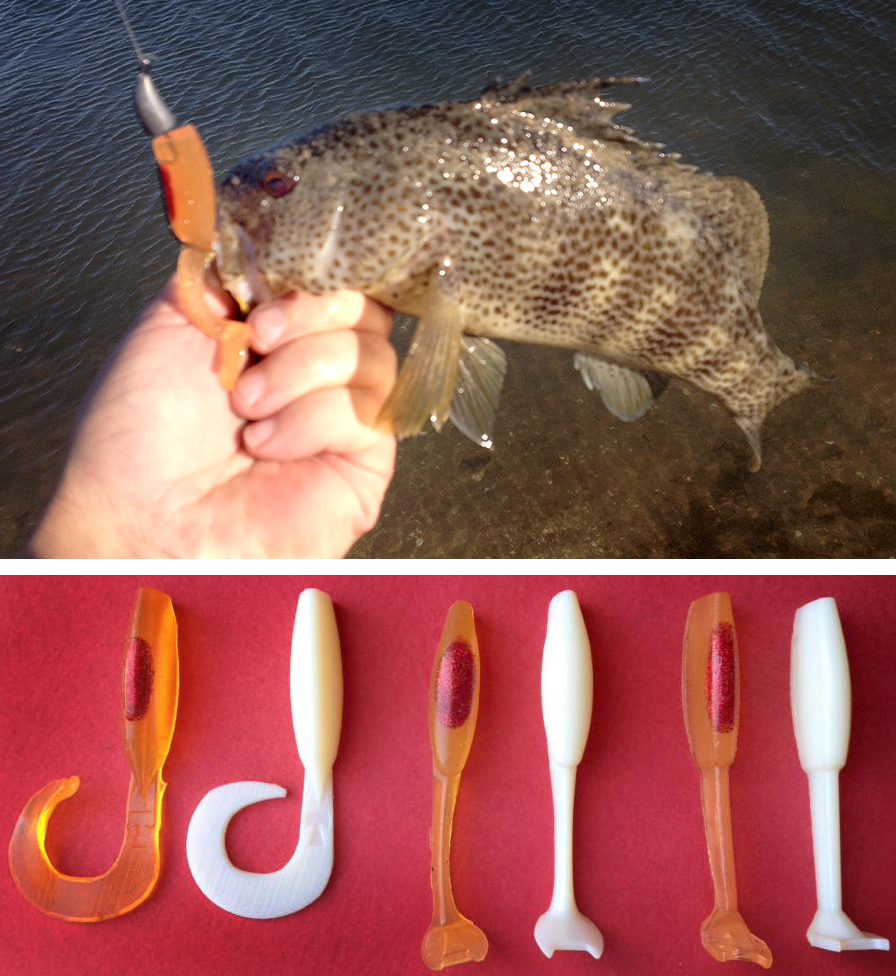
Ponoko-made project by Kevin Taylor

Kevin Taylor was the ‘T’ in T&C Lures, a small business started by two guys who loved to fish in the San Diego bay. His partner (the ‘C’ in T&C) was taking a CNC machining class and “just wanted the challenge” of creating his own lures. Their first product, the swimgrub shown below, made the rounds at fishing forums and quickly became very popular.
But after just a few months of starting the company, C moved on and Kevin was left to carry on design and production. He would either have to pay a lot of money to a product development agency or learn to do it himself. So he decided to dive in and learn.
After some initial research on CAD and rapid prototyping, he came across SketchUp 3D design software and Ponoko’s 3D printing service.
Rather than make CNC machined masters for molding the lures and bait, Kevin decided to try 3D printed models. Below are images of his SketchUp designs as well as a model he produced with Rhino.
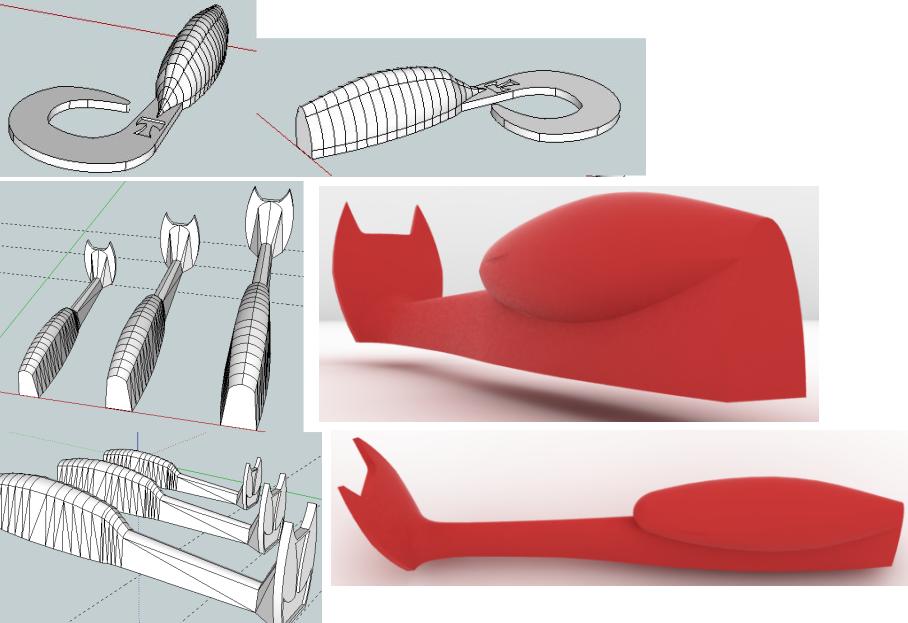
When he got his 3D printed masters, printed with our superfine plastic in white, he then made a silicone mold which he used to cast the final bait.
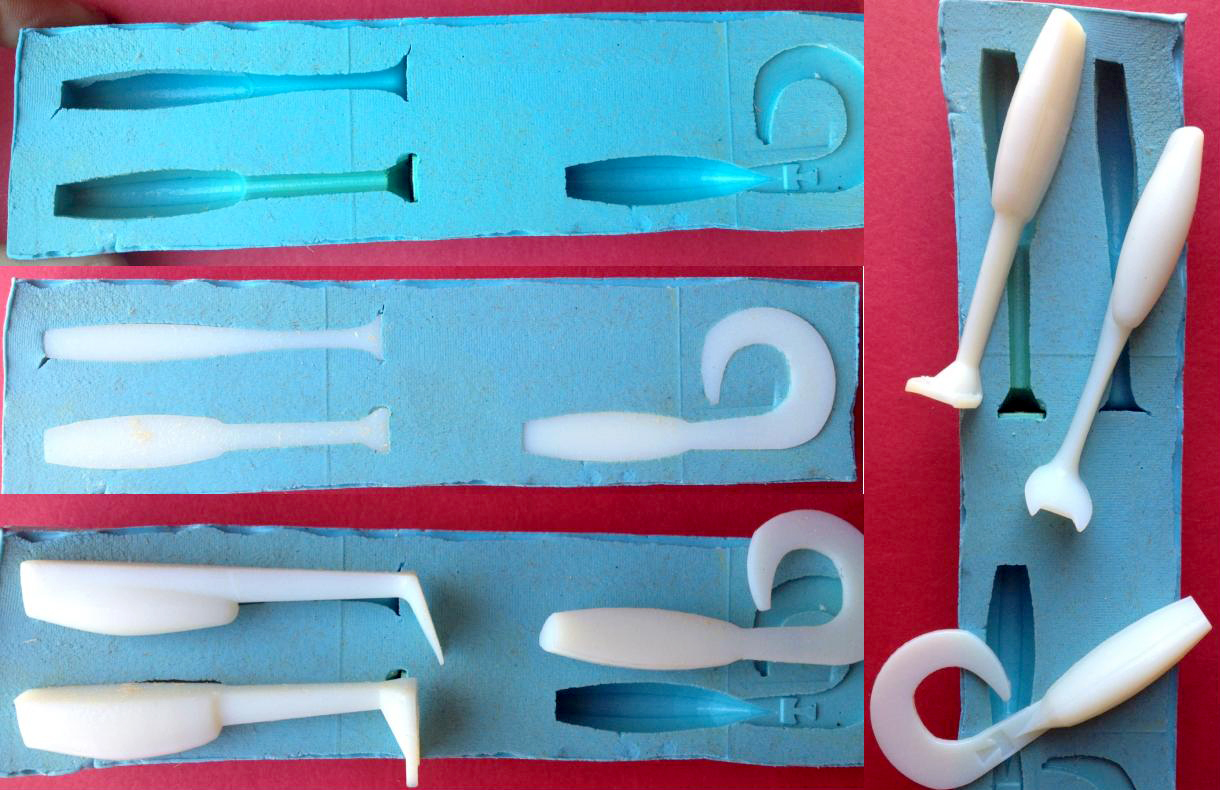
But unfortunately, the molds had lines in them due to the inherent layering process 3D printing. “I make my prototype molds out of rtv silicone, and it picks up every single detail on the master,” he explains, and adds that “the fish don’t care about cosmetics, but the consumers do.”
Kevin also wasn’t comfortable with the idea of selling something he had created on his own under the T&C label, and in November of last year, he decided to close T&C Lures.
A new company is in the works, and Kevin will be revisiting his 3D printed bait models. “I caught plenty of fish with them, so I know they work,” he says. “I just have to get the cosmetic part taken care of make them attractive to buyers.”
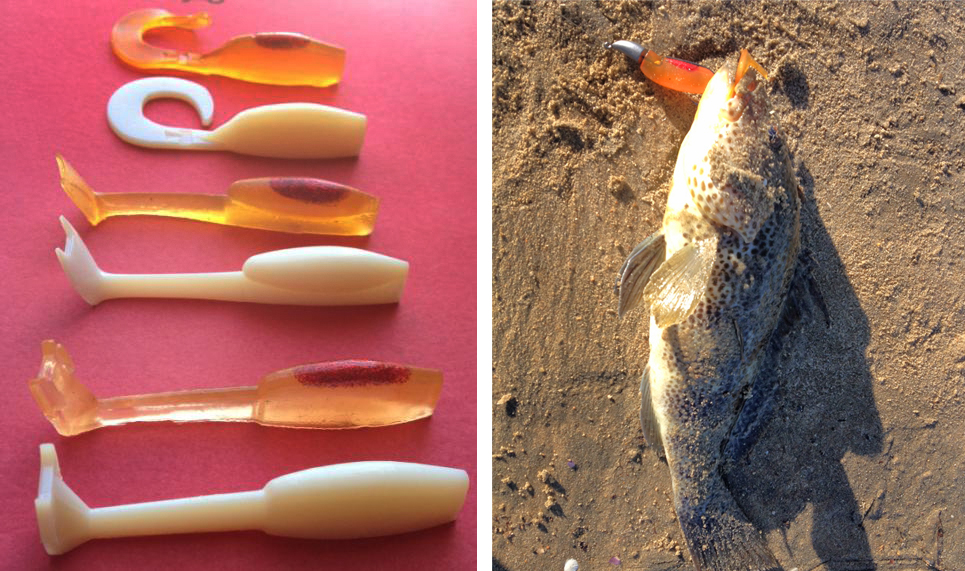
Kevin’s idea for eliminating the lines in his molds: “What I would have to do is take the 3d print and put a few coats of epoxy around the entire part; this will hide the lines and give it the smooth shiny finish Im looking for.”
Best of luck to Kevin on round two of the indie bait and lure business. I think this sounds perfect for a Kickstarter project.
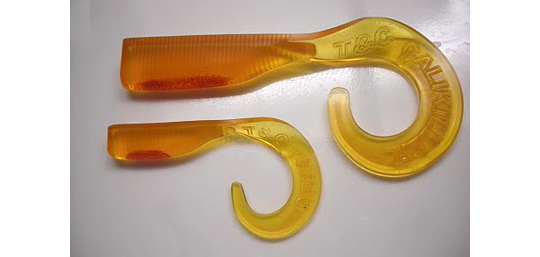


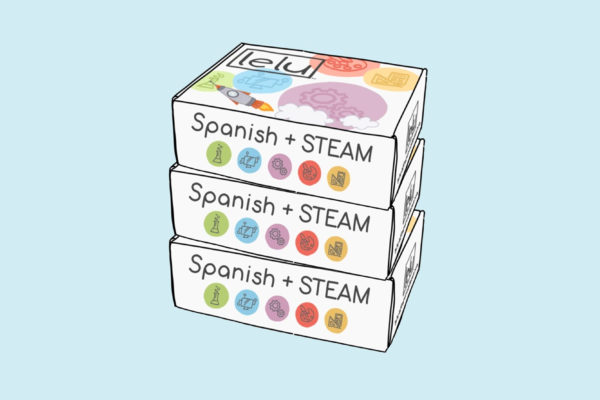
3 Comments
I don’t like to kill fish and don’t like people who kill it, but in terms of removing lines maybe sanding could help?
Did you try flaming it? Just hit it with a quick hit off of a torch. It’ll probably take some practice to keep from burning it (and your fingers), but you should be able to melt just the top layer of plastic.
I actually made some hard resin copies to play with, and I did try sanding one of them down. I will be honest, its too much like work lol. And plus, a coat of epoxy(or some kind of primer) would still be needed to give it a shine. A couple coats of epoxy brushed over worked out pretty good. It took a lot less time than sanding. The first coat covered up most the lines, the second coat sealed the deal. Flaming may have worked too, but I dont have a torch, and dont really want to buy one. Plus never using one before might have given me some terrible results haha.
And by the way, I dont kill fish… I catch, photograph, and release them. Cheers!
Comments are closed.